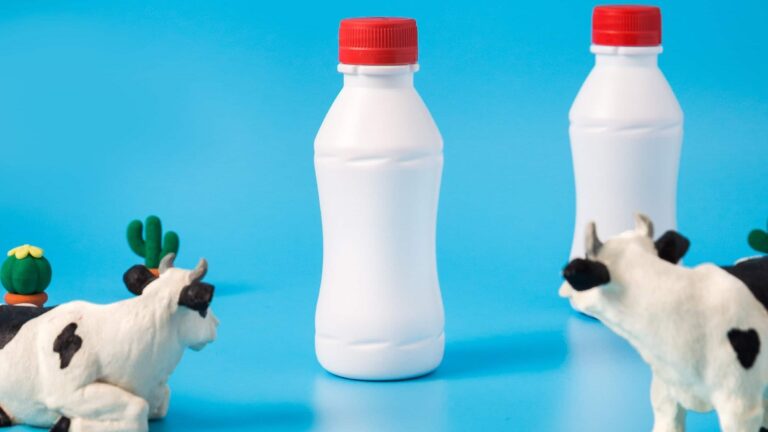Kantar Worldpanel research shows that the average consumption of dairy products for China’s urban households in 2015 was 59.7 liters, which is less than one-fifth of the EU countries. China still has one of the lowest levels per-capita consumption of milk in the world. According to HSBC analyst Christopher Leung, China’s current level of UHT milk consumption per capita is about 7.4 kilograms – 45 percent lower than in Japan and South Korea.The lactose intolerance that affects a very large majority of the Chinese population held back milk product consumption, except for yogurts’, because of their particular composition. But the government is heavily promoting milk as a major source of calcium and protein, recommending regular milk consumption, which has gradually led to milk and dairy products being incorporated into the daily diet of Chinese consumers. Most Chinese consumers prefer to buy imported dairy products. According to EU SME Center Report, by 2018, the Association of Food Industries predicts that China will be the world’s largest consumer of imported food, with an increasing demand for dairy products. China could become the world’s largest market for dairy products by 2018. Indeed, demand has kept growing during the past decade. For the period 2014 – 2019, it could increase at an average of 9.76 % per year, Research And Market’s team calculates. What is the secret of this unexpected growth? As the purchasing power of the growing Chinese middle-class increase, more consumers pay attention to their health, and most Chinese perceive dairy products, especially Western ones, as healthy.

Health concerns are driving demand for dairy products in China and especially yogurts
The younger generation of Chinese consumers is wealthier than their parents at the same age and largely influenced by the Western culture. According to a study by HSBC Bank conducted in 2015 on around 2.000 people between 18 and 34 years old and with an income higher than 120,000 yuan a year (around USD 17,000), more and more young urbanites include dairy products to their diet, perceived as “healthy”. Yogurts and other products made with fermented milk are particularly popular in China. Between 2012 and 2015, yogurts consumption grew for almost two third of Chinese people, a study of vitamin maker DSM reports. The main factor that influences the purchase is the health consciousness. 80 % of 6220 people interviewed said that they buy mainly yoghurts with probiotics – those micro-organisms that help to strengthen the immunity system. In total, 76 % of people interviewed agree to say that concerns over intestinal health pushed them to consume yogurts.
Western brands favoured by young wealthy Chinese
Several groups of the agribusiness and especially some western ones that enjoy a good reputation in the Chinese market were able to size this trend. According to HSBC, 94 % of the young urbanites interviewed still perceive foreign products as “meaningfully better, slightly better or similar” quality compared to local ones. Thus, the French leader of milk products Danone had been exporting yogurts to China since the 80’s. In Chinese, the brand name is pronounced “Da Non”, which can be translated by “to develop ones’ abilities” and it is a clear sign that the company wanted to promote the health benefits of its products.
Yogurt consumption represents a huge change in food habits
The strategy reached its target since China is nowadays Danone’s fourth market in terms of sales contribution. It realizes around 7 % of its annual turnover.
Doing so, Danone and other foreign groups such as the Japanese Meiji (in China since 2013) and Morinaga (which launched its first yogurts in China in 2015) participated to the modification of Chinese people food habits regarding milk products and especially yogurts. Traditionally, Chinese yogurts are liquids and drinkable with a straw, but Danone and its Japanese competitors were able to commercialize more creamy yogurts that consumers eat with a plastic spoon.
Beyond yogurts and similar fermented milk-based products that were the most dynamic milk products categories in terms of volume and value, food habits keep evolving with the growing consumption of other dairy products such as cheese and drinkable milk products.
Stay Up-To-Dated! Follow Us on Twitter:
#LiveStreaming in #China Has Become a Marketing Tool. Find Here How to Integrate It in Your #Marketing Campaign https://t.co/sJZuRavJA7
— Daxue Consulting (@DaxueConsulting) January 25, 2017





